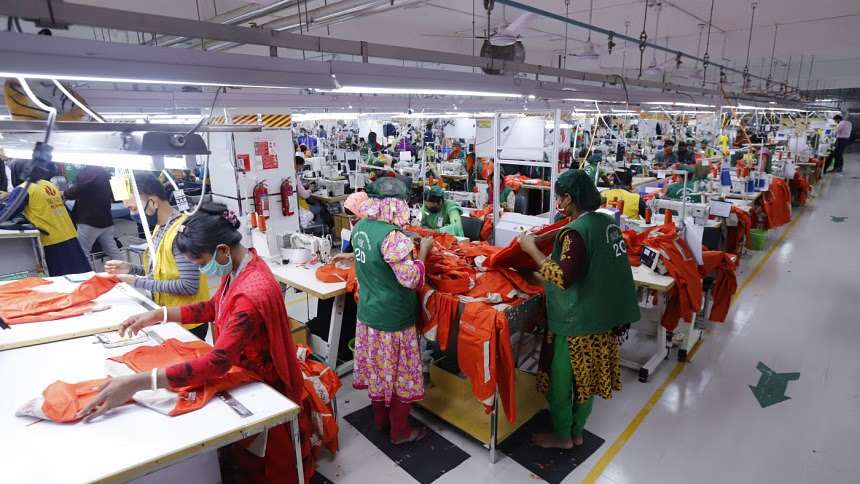
A new study by Price Waterhouse Cooper (PwC) titled 'From Shirts to Shores: Blueprint for Bangladesh RMG Industry' sheds light on an intriguing transformation within the global apparel sector towards garments made from man-made fibers (MMF). According to the report, there will be notable increase in MMF garment exports, with projections indicating an increase from 50 per cent in 2022 to 60 per cent by 2030. This transition carries profound implications not only for the textile industry but also for various stakeholders along the value chain.
Effects on raw material production
Traditionally dominated by cotton, the apparel industry is witnessing a shift towards MMF due to its inherent advantages such as wrinkle resistance, durability, and versatility. This change may potentially lead to a decline in demand for raw cotton, affecting countries reliant on cotton production. However, the overall impact might be cushioned by the anticipated growth in the global apparel market.
Fibre Production and Demand Dynamics
A critical aspect highlighted in the study is the capacity of fibre production to meet the escalating demand for MMF garments. With the global apparel market expected to grow from $953 billion in 2022 to $1,121 billion by 2030, the proportion of MMF garments is set to increase.
|
Year |
Global Apparel Exports ($billion) |
Share of MMF Items (%) |
|
|
2013 |
794 |
46 |
|
|
2022 |
953 |
50 |
|
|
2030 (Projected) |
1,121 |
60 |
While precise data on current and projected MMF production capacity is lacking, there is a possibility of a gap emerging between demand and supply. This gap could spur investments in MMF production to bridge the deficit.
Potential beneficiaries of growing MMF demand
The transition towards MMF garments offers promising prospects for several countries.
• MMF producers: Established MMF producers like China and India are poised to benefit significantly. Moreover, countries emphasizing innovation and the development of MMF technologies could emerge as frontrunners.
• Garment manufacturers: Nations with a robust presence in garment manufacturing, such as Bangladesh and Vietnam, have the opportunity to adapt their production capacities to cater to MMF efficiently.
• Fabric and yarn manufacturers: The heightened demand for MMF fabrics and yarns presents opportunities for manufacturers capable of meeting this growing market demand. Established producers like South Korea and Taiwan are well-positioned to capitalize on this trend.
• Fiber production: Countries specializing in the production of raw materials for MMF, such as polyester precursors, are expected to thrive. This could particularly benefit major chemical producers in regions like the Middle East and North America.
In essence, the PwC study underscores a significant shift towards MMF garments in the global apparel industry. While this transition brings forth numerous opportunities, it also raises concerns regarding potential disruptions in raw material supply and the capacity of fibre production to meet escalating demand. Countries adept at adapting to and capitalizing on this shift, particularly in MMF production, garment manufacturing, and fabric/yarn production, are poised to emerge as major beneficiaries.












